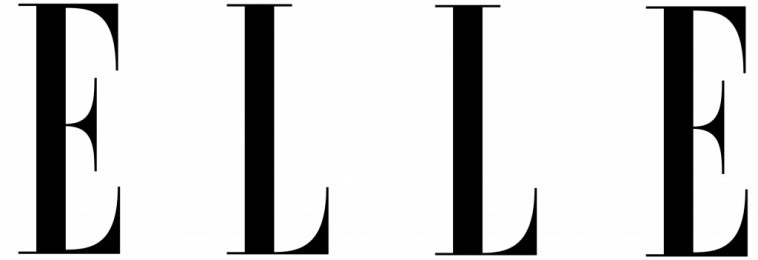Key Takeaways
- Elle’s Legacy and Influence: Elle magazine, with its roots in post-war Paris, emerged as a pioneering force in fashion and women’s lifestyle, setting trends and influencing the global fashion landscape.
- Global Expansion: Starting from France, Elle expanded its reach worldwide, launching editions in numerous countries, adapting to local cultures while maintaining its core fashion and lifestyle ethos.
- Innovative and Inclusive: Elle has been at the forefront of inclusivity, featuring transgender models on its covers and pushing boundaries in the fashion industry.
- Digital Evolution: Transitioning into the digital era, Elle has embraced online platforms, significantly expanding its audience and influence beyond print.
- Sustainability and Ethical Stance: Elle’s recent decision to ban fur from its pages reflects its commitment to ethical fashion and animal welfare.
Ah, Elle magazine, a name that resonates with the clinking of high heels on Parisian cobblestones, the rustle of glossy pages, and the scent of fresh ink mixed with the allure of luxury perfumes. It’s like a dear old friend who has journeyed through the fashion capitals of the world, whispering the secrets of style and sophistication.
Founded in 1945 by Hélène Gordon-Lazareff, Elle began as a beacon of post-war chic, capturing the essence of a liberated, stylish, and assertive woman. I remember leafing through my mother’s collection, the pages a kaleidoscope of vibrant fashions and bold women, each issue a time capsule of its era’s trends and the evolving role of women in society.
Elle’s journey from the bustling streets of Paris to the global stage is nothing short of remarkable. Imagine the excitement of the 1980s, when Elle leaped across the Atlantic, bringing a touch of French elegance to the U.S. and the U.K. It was like watching a favorite local band hit the big time, their tunes suddenly humming on radios worldwide.
With each edition, whether it was Elle India’s vibrant colors or Elle Italia’s Mediterranean allure, the magazine seemed to capture the unique essence of its locale, while retaining that unmistakable ‘Elle’ identity. It’s like having a friend who’s a world traveler, returning home with stories and styles from afar, blending them seamlessly with their roots.
Elle’s pages have always been more than just a parade of fashion. They’ve been a platform for bold statements and cultural dialogues, from featuring Grace Kelly’s regal elegance to embracing diversity with transgender model Lea T. on Elle Brazil’s cover. Each issue felt like a fresh conversation on the patio, discussing the changing world over a cup of coffee.
The digital age saw Elle evolving, its whispers turning into global conversations through online platforms. It’s akin to watching a beloved old theater embrace modern cinema; the soul remains, but the voice grows stronger, reaching further.
And yet, amidst the glitter and glam, Elle’s commitment to ethical fashion, notably its stand against fur, speaks of a magazine that values not just style but substance. It’s a reminder that beneath the glossy exterior lies a heart beating with social and environmental consciousness.
Frequently Asked Questions
1. What makes Elle magazine stand out in the fashion industry?
Elle’s unique blend of high fashion, culture, and lifestyle content, coupled with its global perspective and commitment to inclusivity and sustainability, sets it apart in the fashion industry.
2. How has Elle magazine evolved over the years?
Elle has transitioned from a post-war French magazine to a global fashion and lifestyle powerhouse, embracing digital media and expanding its influence across continents while maintaining its chic and progressive ethos.
3. Who founded Elle magazine, and what was its original purpose?
Hélène Gordon-Lazareff founded Elle magazine in 1945, aiming to create a publication that catered to the modern woman, celebrating her independence, style, and role in society.
4. How does Elle magazine incorporate diversity and inclusion?
Elle has been a pioneer in promoting diversity and inclusion, featuring models and personalities from various backgrounds, and addressing topics related to gender, race, and social issues.
5. What is the significance of Elle’s decision to ban fur from its pages?
This decision underscores Elle’s commitment to ethical fashion and animal welfare, reflecting a broader trend in the industry towards sustainability and responsible consumption.





